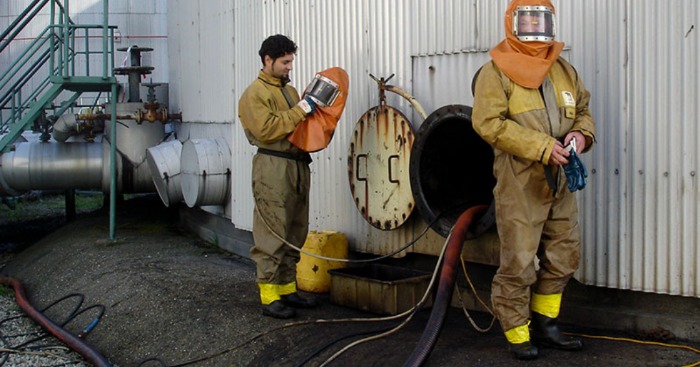Modern diesel vehicles rely on Selective Catalytic Reduction (SCR) and Diesel Exhaust Fluid (DEF/AdBlue) to convert harmful nitrogen oxides into harmless nitrogen and water. When the system is healthy, drivability remains strong, fuel economy is protected, and air quality improves. When faults arise, some drivers hear about quick fixes and shortcuts—but these often carry legal, financial, and environmental risks that far outweigh any short-term gains.
What the AdBlue System Actually Does
The SCR system injects DEF (a urea-water solution) into the exhaust stream, enabling a catalyst to neutralize NOx emissions. It’s a precisely calibrated process: sensors monitor exhaust composition, temperature, and dosing performance. If sensors or injectors underperform, the onboard diagnostics illuminate warning lights or limit engine torque to safeguard the vehicle and ensure compliance.
Why “Delete” Mods Aren’t Worth the Trouble
Terms like Adblue Delete, Leicester Adblue Delete, Nox Delete, Peugeot Adblue Delete, and Mercedes Adblue delete circulate online as supposed solutions to nuisance faults. In many regions, however, intentionally disabling emissions controls is unlawful. Consequences can include failed inspections or MOT, fines, invalidated warranties, reduced resale value, higher insurance risk, and potential engine management issues triggered by mismatched software and hardware states. Beyond legality, tampering undermines air quality by allowing higher NOx emissions—especially harmful to children, the elderly, and those with respiratory conditions.
Smart, Legal Alternatives to Restore Reliability
1) Start with accurate diagnostics
Professional diagnostics with manufacturer-approved scan tools can pinpoint whether a fault stems from a clogged injector, contaminated DEF, a failing pump, degraded wiring, an exhausted catalyst, or a NOx sensor that’s drifting out of spec. Replacing parts without a precise fault path is wasteful and often ineffective.
2) Verify DEF quality and handling
DEF degrades with heat and time. Ensure the fluid is in-date, sealed, and stored correctly. Contamination (even tap water) can crystallize lines and damage pumps or injectors. Use fresh, ISO 22241-compliant DEF and clean funnels only.
3) Inspect sensors and harnesses
NOx and temperature sensors live in harsh environments. Road debris, corrosion, and thermal cycling can damage connectors or wiring. Technicians should verify reference voltages, grounds, and signal integrity before replacing high-cost components.
4) Check software currency
ECU and SCR control updates address known issues like false warnings, cold-start dosing logic, or sensor calibration drift. An authorized software update can resolve symptoms without replacing parts.
5) Keep the catalyst healthy
Short-trip driving and extended idling can hinder catalyst temperatures. Occasional longer drives at steady speeds can help the system operate in its optimal window. If the catalyst is truly exhausted, professional assessment and replacement may be required.
6) Leverage warranty, recalls, and goodwill
Many manufacturers offer extended coverage on emissions components or issue service campaigns for known concerns. Check with an authorized dealer for eligibility; official channels can reduce repair costs significantly.
7) Prioritize quality parts and correct procedures
Counterfeit sensors or off-spec DEF components can create recurring faults. Using OE or reputable OEM-equivalent parts, installed to the correct torque and routing specs, preserves system reliability.
Fleet and Business Considerations
For fleets, compliance is more than a legal checkbox—it’s a brand and cost-control strategy. Tampering can jeopardize contracts, trigger fines, and complicate insurance. Preventive maintenance plans, driver training (to avoid prolonged low-load operation), and telemetry to flag early SCR faults can reduce downtime and protect total cost of ownership.
Common Questions
Will ignoring a warning harm my vehicle?
Possibly. Some systems will progressively limit power or lock out restarts after a countdown to prevent prolonged non-compliant operation. Addressing warnings early usually reduces repair scope and cost.
Is DEF consumption too high?
Typical usage ranges from 2–6% of diesel consumption, depending on load and duty cycle. Spikes may indicate a leak, dosing error, or sensor issue. Proper diagnostics can identify the cause.
Can I pass inspection with a fault memory cleared?
Clearing codes without fixing the root cause often resets readiness monitors; many inspection regimes fail vehicles that haven’t completed readiness cycles or detect tampering via scan data.
Bottom Line
Reliable diesel ownership comes from problem-solving, not shortcuts. By prioritizing correct diagnostics, quality parts, up-to-date software, and proper DEF handling, you’ll protect performance, legality, and the environment—no “delete” required.


